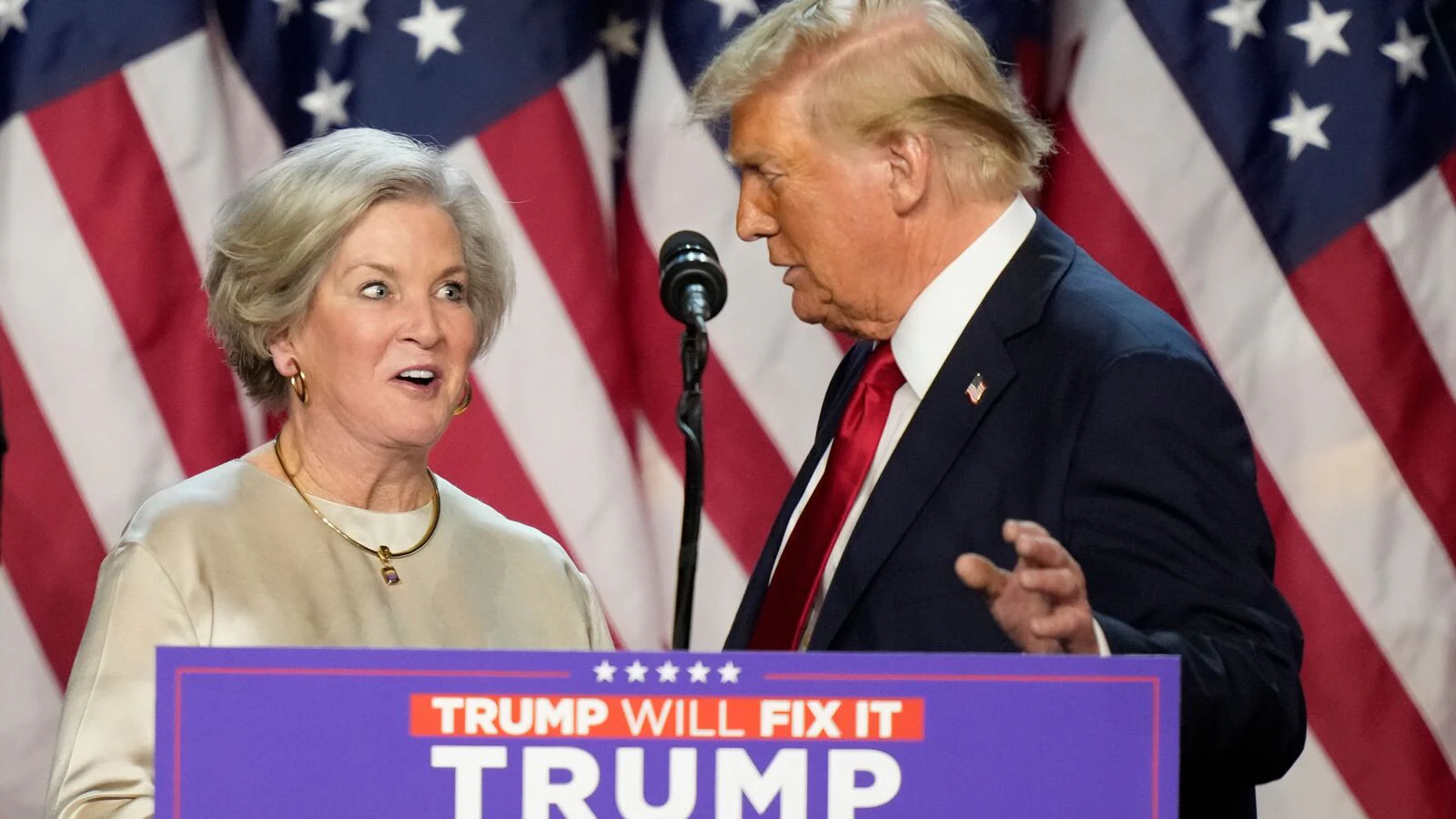California, long considered a Democratic stronghold, remained in the blue column for the 2024 U.S. presidential election, with Vice President Kamala Harris securing a decisive victory over former President Donald Trump. However, the election results highlighted notable shifts in voter preferences, particularly in regions traditionally favoring Democrats.
Election Overview
On November 5, 2024, Californians cast their ballots in the presidential race. According to the California Secretary of State, Harris received 58.47% of the vote, while Trump garnered 38.33%. Despite Harris’s win, her margin was significantly narrower compared to Joe Biden’s 29-point lead in 2020. This suggests a shift in voter sentiment, particularly in suburban and rural counties where Trump made significant gains.
Shifts in County Allegiances
One of the most striking aspects of the 2024 election in California was Trump’s ability to flip ten counties that had voted for Biden in 2020. These counties included Butte, Fresno, Imperial, Inyo, Lake, Merced, Riverside, San Bernardino, San Joaquin, and Stanislaus. Notably, Fresno, Merced, Riverside, San Bernardino, San Joaquin, and Stanislaus had not backed a Republican presidential candidate since 2004.
Perhaps the most surprising result came from Imperial County, which is over 80% Hispanic. Trump won this county, marking the first time a Republican had carried it since 1988. His ability to make inroads in traditionally Democratic areas signals a growing shift among Latino voters.
Demographic Insights
A key factor in Trump’s gains was his improved performance among Hispanic and Asian American voters. Exit polls showed he won 38% of the Latino vote, a significant jump from 29% in 2020. In Los Angeles County, Trump secured 27% of the vote, the highest percentage for a Republican in the county since 1988. This shift was particularly noticeable in Hispanic and Asian-majority neighborhoods, where concerns over the economy, crime, and immigration policies played a crucial role in voter decision-making.
Voter Turnout and Engagement
Statewide voter turnout in California stood at 71.43% of registered voters, marking a decrease compared to previous elections. While Trump’s overall vote count remained relatively stable from 2020, Harris received nearly two million fewer votes than Biden did in his 2020 landslide. Analysts suggest this decline was due to a combination of voter fatigue, lower enthusiasm among young progressives, and economic concerns that affected Democratic turnout.
Policy Implications and State Response
With a Trump administration possibly reintroducing policies that conflict with California’s progressive stance on issues such as climate change, immigration, and reproductive rights, state leaders are preparing to push back. Governor Gavin Newsom has already called for a special legislative session to discuss potential legal challenges and reinforce California’s autonomy in key policy areas.
Conclusion
While California remained in the Democratic column for the 2024 presidential election, the results highlighted significant shifts in voter preferences, particularly among Hispanic and Asian American communities. These changes suggest a more competitive political landscape in the future, where Democrats may need to address evolving concerns among key voter blocs to maintain their dominance in the state.
Disclaimer – Our team has carefully fact-checked this article to make sure it’s accurate and free from any misinformation. We’re dedicated to keeping our content honest and reliable for our readers.








